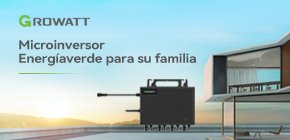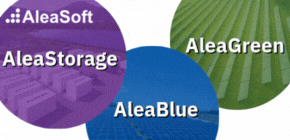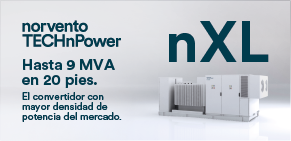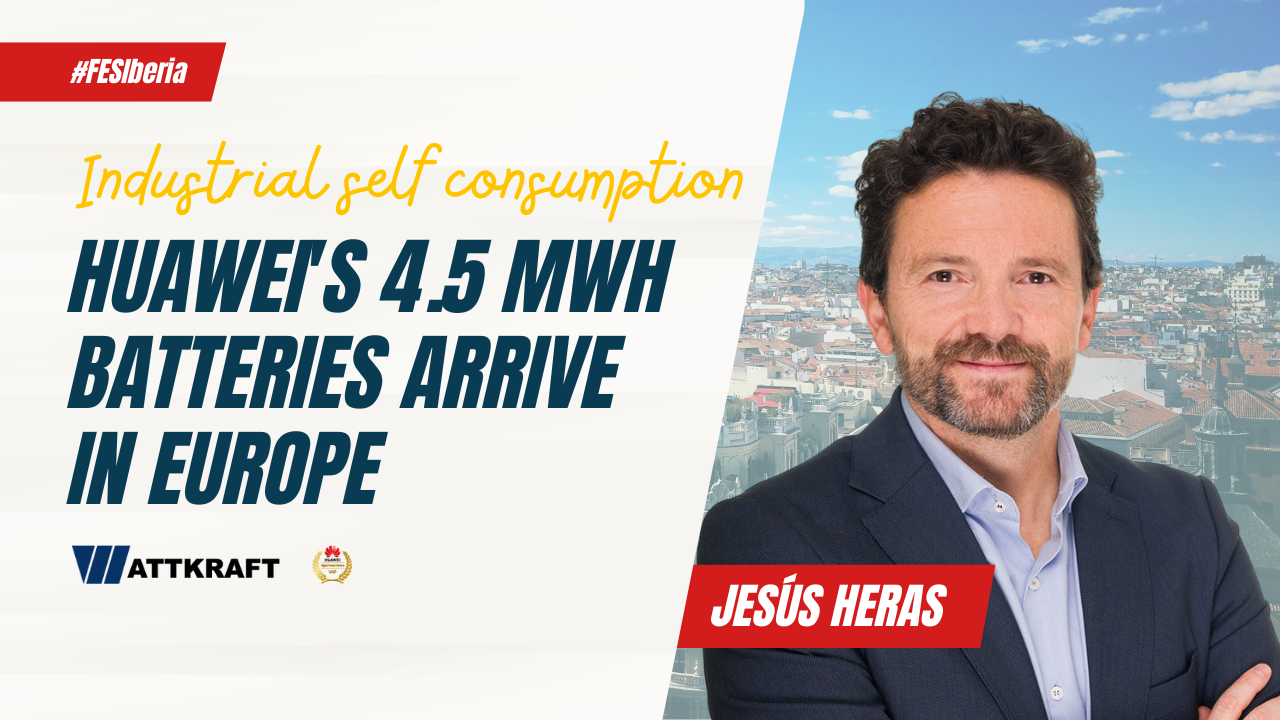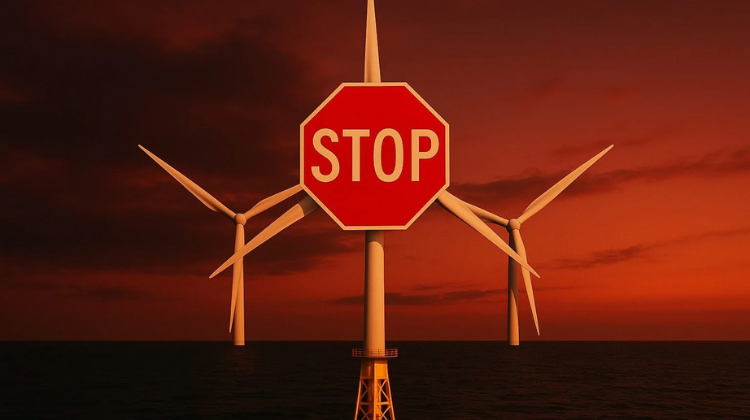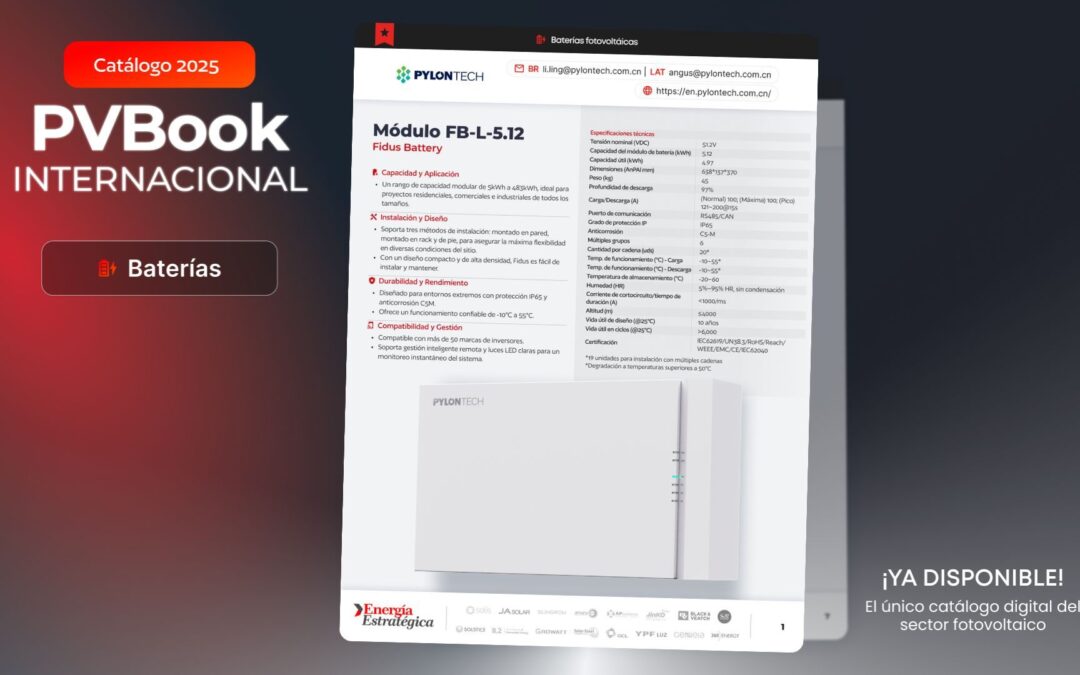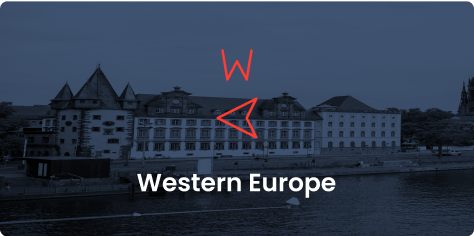Wattkraft, a value-added partner of Huawei for over a decade, has introduced the Chinese manufacturer’s first 4,5 MWh battery containers in Europe, delivered for a 28 MWh industrial self-consumption project. These batteries are part of its strategy to support the growth of storage as a response to current challenges in the Spanish electricity system.
The company operates in Spain as a wholesale distributor of inverters, batteries and electric vehicle charging equipment, including fast charging systems. Its offer includes a distinctive technical component: it has been recognised by Huawei as a five-star Certified Service Partner (CSP), enabling its engineering team to provide comprehensive support at all stages of the project—from design and pre-sales to commissioning and after-sales service.
In the storage segment, Wattkraft provides solutions for both industrial and utility-scale applications. These include 215 kWh cabinet systems with modular architecture, plug & play installation and hybrid cooling, designed for scalable deployment.
“Energy efficiency and the mitigation of thermal and electrical risks are prioritised, aligned with the most demanding global standards,” highlights Jesús Heras, Technical Director South-West Europe and Co-Country Manager at the company.
Storage as a response to grid saturation
In a conversation with Strategic Energy Europe, the executive notes that the utility-scale photovoltaic segment in Spain may experience a slowdown in the coming years due to grid saturation and the increasing occurrence of zero prices during solar hours.
“We are carrying an inertia that cannot be stopped, but unless we implement some regulatory changes or deploy storage, we are going to halt due to saturation,” he warns.
At the same time, residential and industrial self-consumption—having grown strongly following the 2022 energy crisis—now shows reduced perceived profitability among consumers, leading to a slowdown.
According to the annual report by the APPA Renovables, 2,507 MW of new self-consumption capacity was installed in 2023, and 1,431 MW in 2024, raising the national total to 8,137 MW. This confirms a sustained growth trend, albeit at a more moderate pace than in previous years.
Nevertheless, Heras argues that storage could reverse this trend by enabling efficient peak demand management and providing protection against price volatility. “It is not an immediate saving, but in the medium term the investment would pay off. It is like taking out an insurance policy,” he explains.
In this context, Wattkraft is planning to expand the deployment of storage combined with renewable generation in hybrid facilities.
“We are now very well prepared to address the hybridisation of photovoltaic parks, including wind projects, with batteries—and of course, also stand-alone plants,” Heras concludes.






